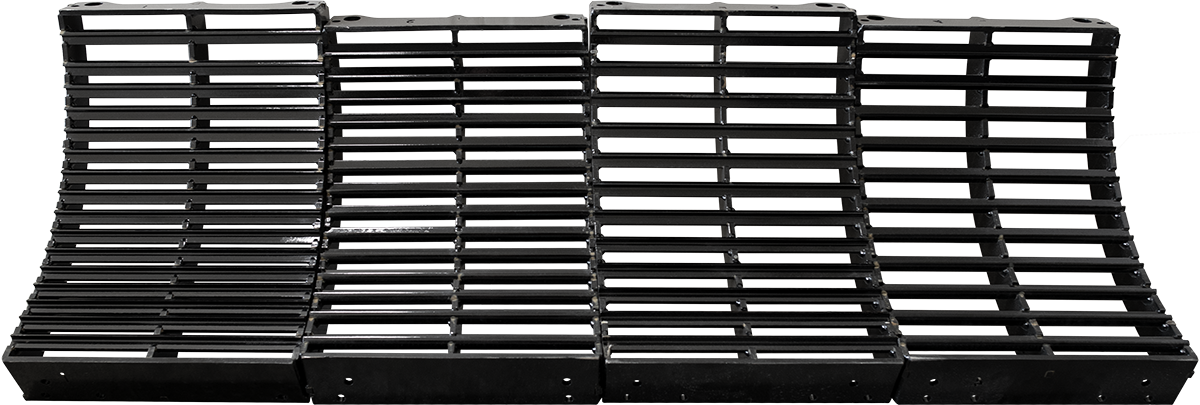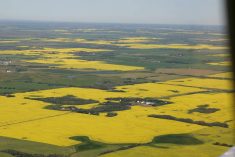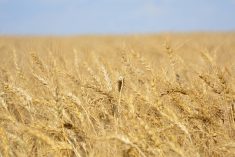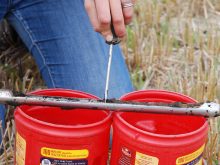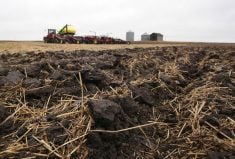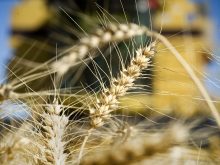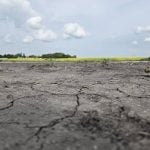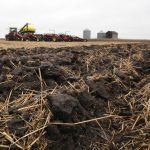Canadian farm debt continued to build last year, rising to $49 billion, according to Statistics Canada figures published May 25.
It represented a 4.8 percent increase in debt, stacking almost $2.3 billion onto an already record debt load. Canadian farm debt has more than doubled in the past decade, regularly increasing by more than $2 billion a year.
And although the federal agency reported that farmer interest charges fell slightly last year because of lower interest rates and some debt restructuring, the $2.2 billion paid in debt interest charges represented the fourth largest farm expense after commercial feed, wages (plus room and board) and fertilizer.
Read Also
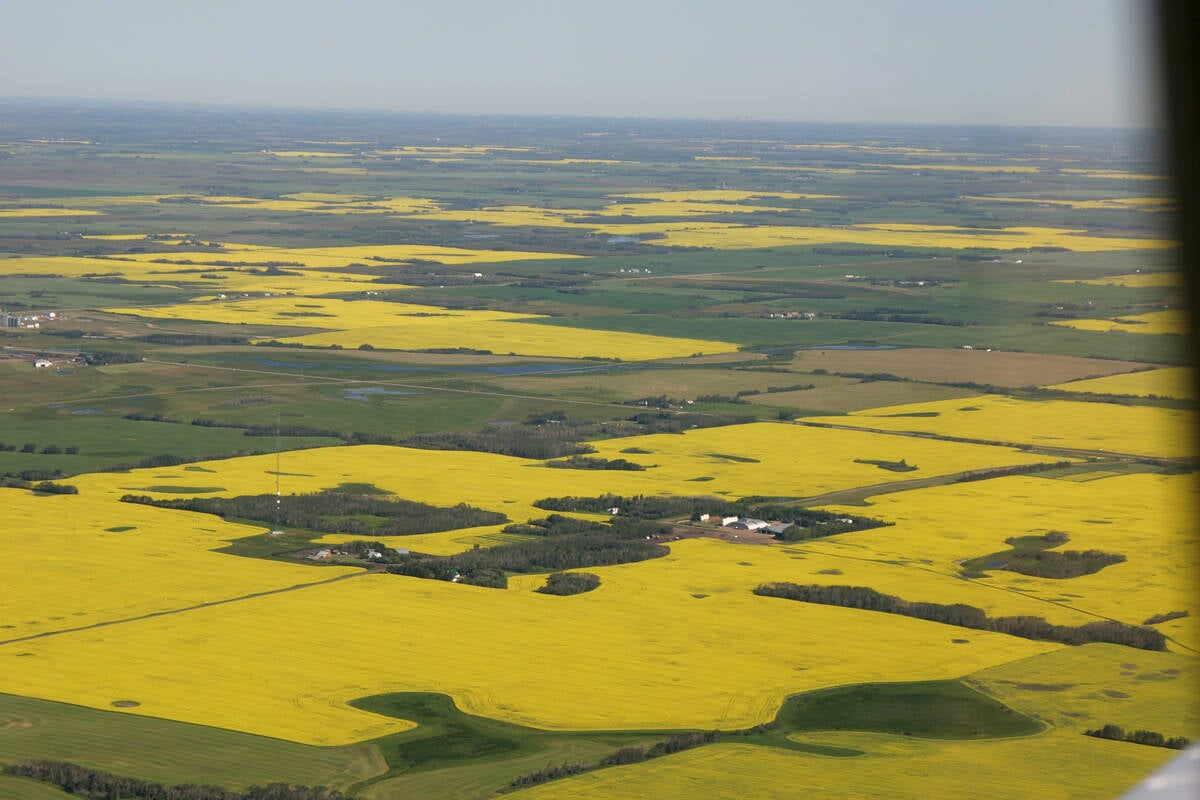
Increasing farmland prices blamed on investors
a major tax and financial services firm says investors are driving up the value of farmland, preventing young farmers from entering the business. Robert Andjelic said that is bullshit.
It does not take into account farmer debt repayments.
American farm debt loads are relatively less and Guelph agricultural economist George Brinkman has argued that lower debt servicing charges in the United States are a competitive advantage for them.
“That debt just hovers there and it is very worrisome,” Canadian Federation of Agriculture president and Manitoba farmer Bob Friesen said May 27.
“An increase in rates would be a disaster and that is always a danger. And even at low rates we have now, that is a lot of money in debt servicing that comes right off the farmer bottom line.”
National Farmers Union president Stewart Wells, an organic producer from Swift Current, Sask., said growing debt in a weak farm economy leaves farmers vulnerable.
He said it also is one more sign of the weak farm economy.
“Anytime you see debt growing every year like that, never stabilizing or going down, it is a sign there is a problem,” he said.
“Increasing debt can hardly be called a sign of a strong industry.”
At Guelph’s George Morris Centre, economist Al Mussell is not as categorical in describing the debt as a trouble sign.
He said farmers often service their debt from off-farm income.
While debt accumulation can be bad news if cash flow will not support it, debt accumulated for investments that will increase farm revenues are a sign of good management decisions.

